Understanding AWS Regions: A Detailed Guide
 Muhammad Sufiyan
Muhammad Sufiyan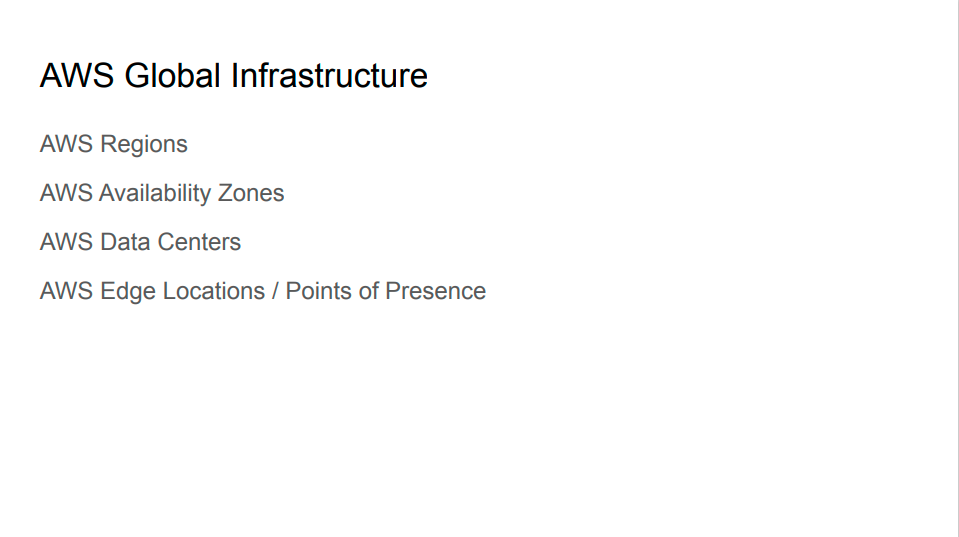
What is an AWS Region?
An AWS Region is a geographical area where Amazon Web Services (AWS) has data centers. Each AWS Region is completely independent and isolated from the others, designed to provide redundancy, fault tolerance, and low latency for users.
AWS Regions are crucial for delivering cloud services to users around the world while meeting compliance, data residency, and performance requirements.
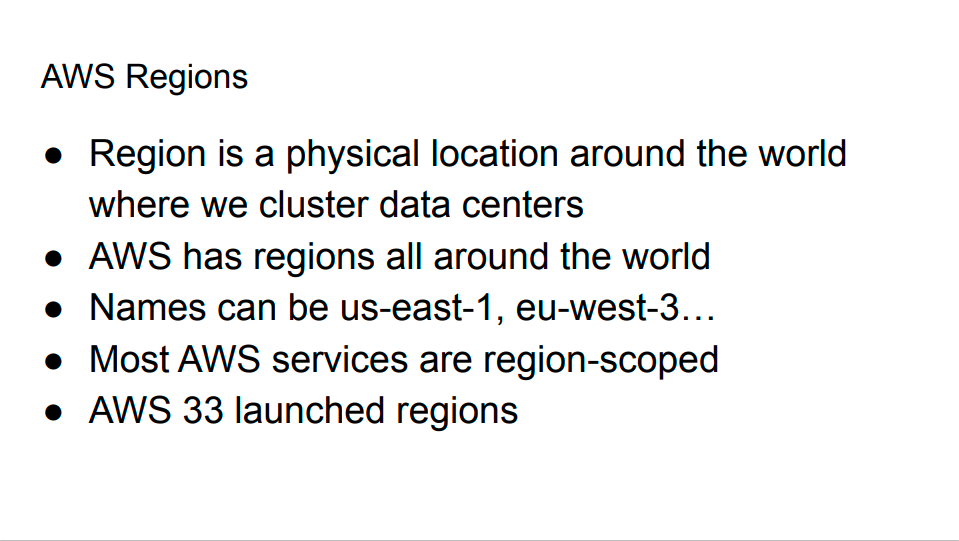
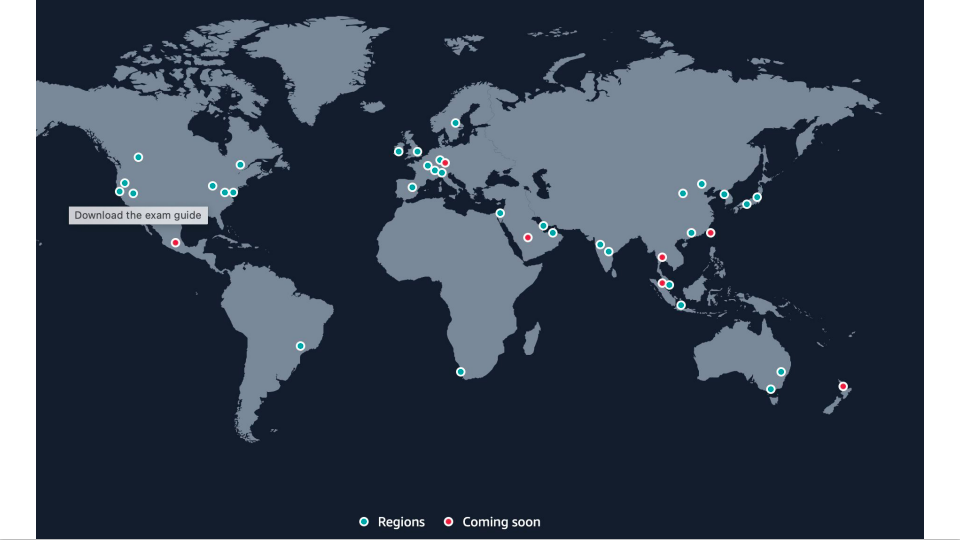
Why Are AWS Regions Important?
AWS Regions play a critical role in how you design, deploy, and manage applications in the cloud. Here's why they matter:
1. Data Residency and Compliance
Local Data Storage: Some businesses and governments have regulations that require data to be stored within specific geographic boundaries. AWS Regions allow you to store and process data in locations that meet these requirements.
Compliance: AWS Regions are designed to comply with specific legal and regulatory requirements of the regions in which they are located. This helps organizations meet local compliance standards.
2. High Availability and Disaster Recovery
Isolation for Fault Tolerance: Each Region is isolated from others, meaning that an issue in one Region will not affect services in another. This isolation is essential for creating robust disaster recovery strategies.
Multi-Region Deployment: By deploying applications across multiple Regions, you can ensure high availability and resilience, even in the face of large-scale outages.
3. Low Latency for Global Users
Proximity to End Users: Deploying applications in Regions closer to your users reduces latency, providing faster response times and a better user experience.
Content Delivery: AWS Regions, combined with services like Amazon CloudFront, help deliver content quickly to users around the world.
Components of an AWS Region
An AWS Region is more than just a data center. It's a cluster of multiple data centers, known as Availability Zones (AZs), which work together to provide high availability and fault tolerance.
1. Availability Zones (AZs)
What are Availability Zones?: An Availability Zone is a distinct location within an AWS Region, consisting of one or more data centers. AZs are physically separate from each other, each with independent power, cooling, and networking.
Why Use Multiple AZs?: Deploying your applications across multiple AZs within a Region enhances fault tolerance. If one AZ experiences a failure, the others can continue to serve your application.
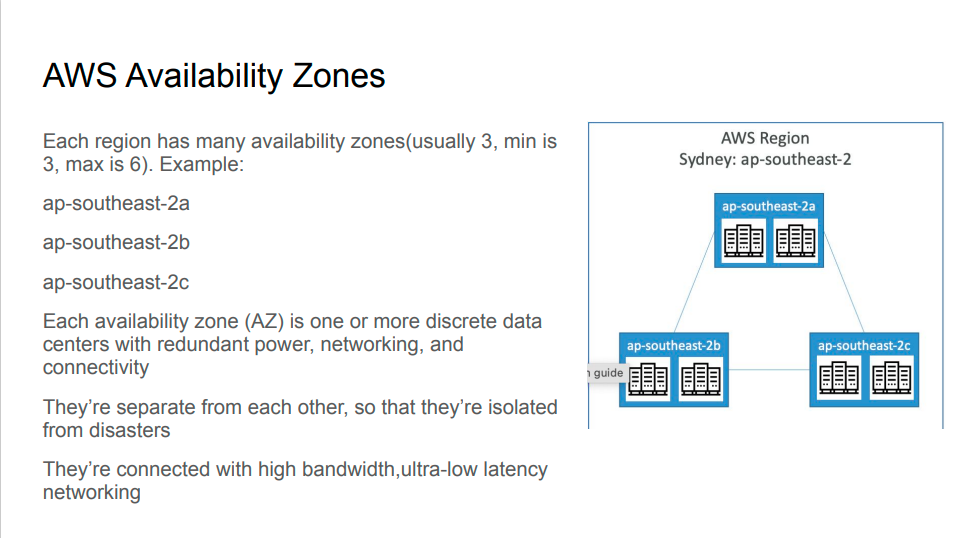
2. Edge Locations
What are Edge Locations?: Edge locations are part of AWS’s content delivery network (CDN), known as Amazon CloudFront. They are geographically distributed locations that cache content closer to users, further reducing latency.
Role in Content Delivery: Edge locations are crucial for delivering static content, such as images and videos, to users quickly, regardless of their physical location.
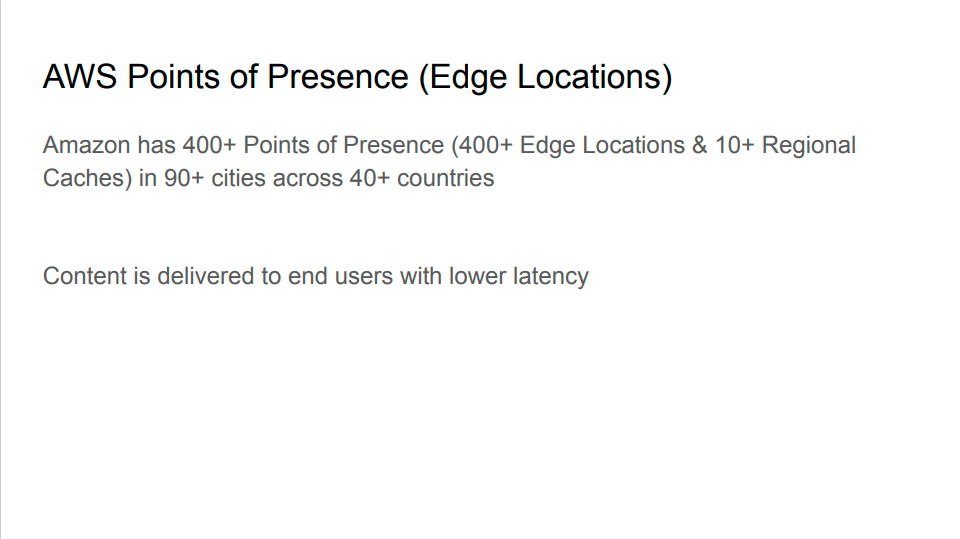
How to Choose the Right AWS Region
Choosing the right AWS Region for your application is a critical decision that can impact performance, cost, and compliance. Here are factors to consider:
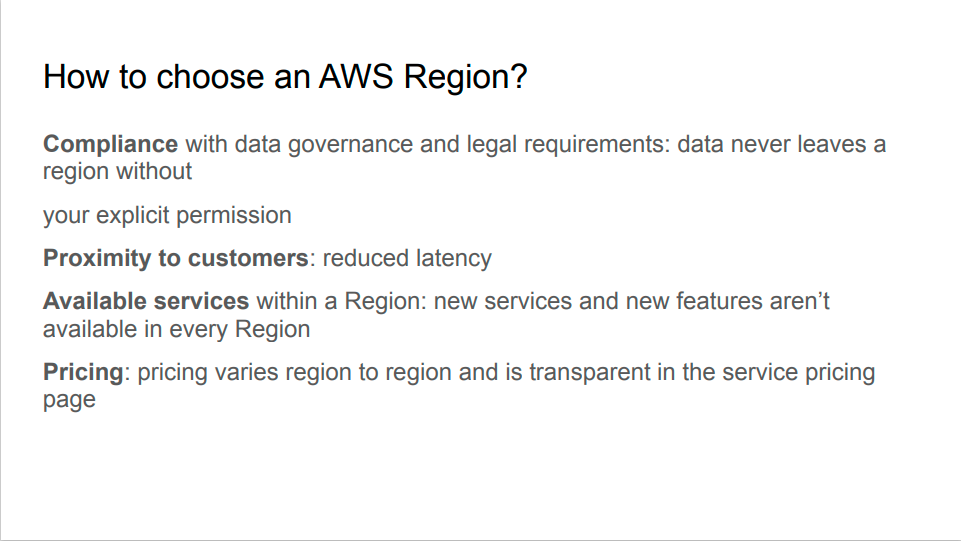
1. Latency and Performance
Proximity to Users: Select a Region that is geographically close to your users to minimize latency and improve performance.
Testing Latency: AWS provides tools to test the latency between your users and different AWS Regions. Use these tools to choose the optimal Region for your application.
2. Cost
Region-Specific Pricing: AWS pricing can vary from one Region to another. Compare the costs associated with the Regions you are considering, especially for high-volume services like EC2 and S3.
Data Transfer Costs: Consider the cost of data transfer between Regions if your application will communicate across Regions.
3. Compliance and Legal Requirements
Data Residency: Ensure that the Region you select complies with local data residency laws and regulations.
Certification and Standards: Verify that the Region meets the necessary certifications and standards required for your industry.
4. Service Availability
Not All Services Are Available Everywhere: Some AWS services are available in only a subset of Regions. Ensure that the Region you choose supports all the AWS services you need for your application.
Check AWS Service Availability: AWS provides a service availability matrix where you can check which services are available in each Region.
Popular AWS Regions and Their Use Cases
AWS operates multiple Regions across the globe. Here are some popular AWS Regions and their typical use cases:
US East (N. Virginia): One of the oldest and most popular Regions, often used for general-purpose applications due to its large number of Availability Zones and wide service availability.
EU (Frankfurt): Commonly used by European businesses that need to meet GDPR requirements and want to store data within the EU.
Asia Pacific (Sydney): Popular among businesses serving customers in Australia and Southeast Asia, providing low-latency access to users in this region.
South America (São Paulo): Used by organizations targeting the South American market, ensuring low-latency access for users in this region.
Conclusion
AWS Regions are a fundamental concept in cloud computing, providing the backbone for global, high-performance, and compliant applications. By understanding AWS Regions, Availability Zones, and Edge Locations, you can make informed decisions about where to deploy your applications to meet your business needs.
Whether you're focused on reducing latency, ensuring compliance, or building a robust disaster recovery strategy, choosing the right AWS Region is a critical step in your cloud journey.
Subscribe to my newsletter
Read articles from Muhammad Sufiyan directly inside your inbox. Subscribe to the newsletter, and don't miss out.
Written by

Muhammad Sufiyan
Muhammad Sufiyan
As a former 3D Animator with more than 12 years of experience, I have always been fascinated by the intersection of technology and creativity. That's why I recently shifted my career towards MERN stack development and software engineering, where I have been serving since 2021. With my background in 3D animation, I bring a unique perspective to software development, combining creativity and technical expertise to build innovative and visually engaging applications. I have a passion for learning and staying up-to-date with the latest technologies and best practices, and I enjoy collaborating with cross-functional teams to solve complex problems and create seamless user experiences. In my current role as a MERN stack developer, I have been responsible for developing and implementing web applications using MongoDB, Express, React, and Node.js. I have also gained experience in Agile development methodologies, version control with Git, and cloud-based deployment using platforms like Heroku and AWS. I am committed to delivering high-quality work that meets the needs of both clients and end-users, and I am always seeking new challenges and opportunities to grow both personally and professionally.